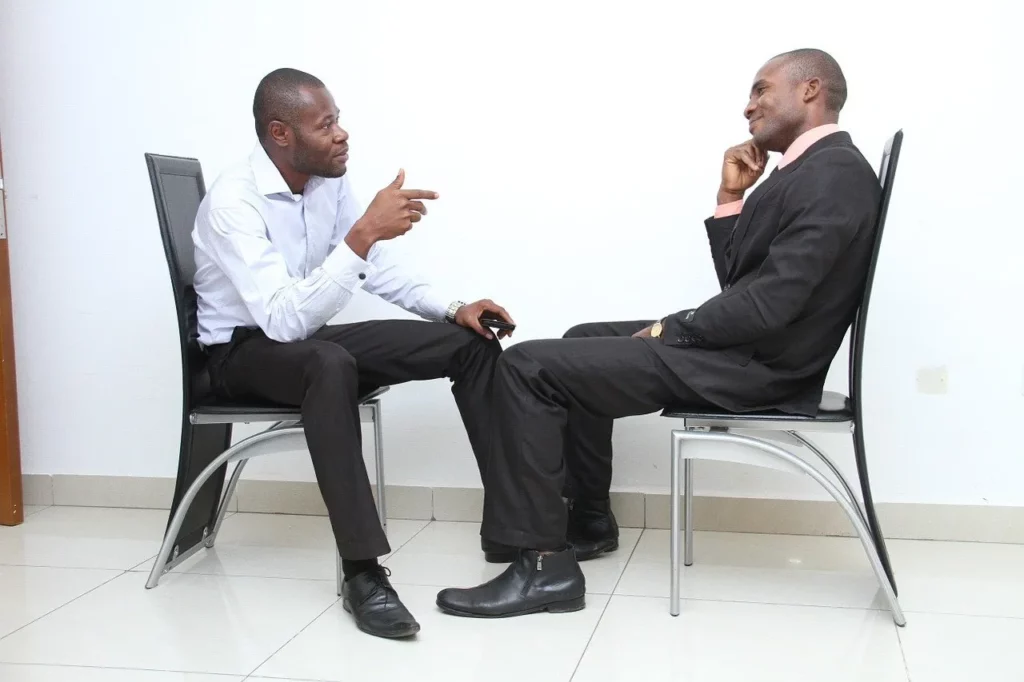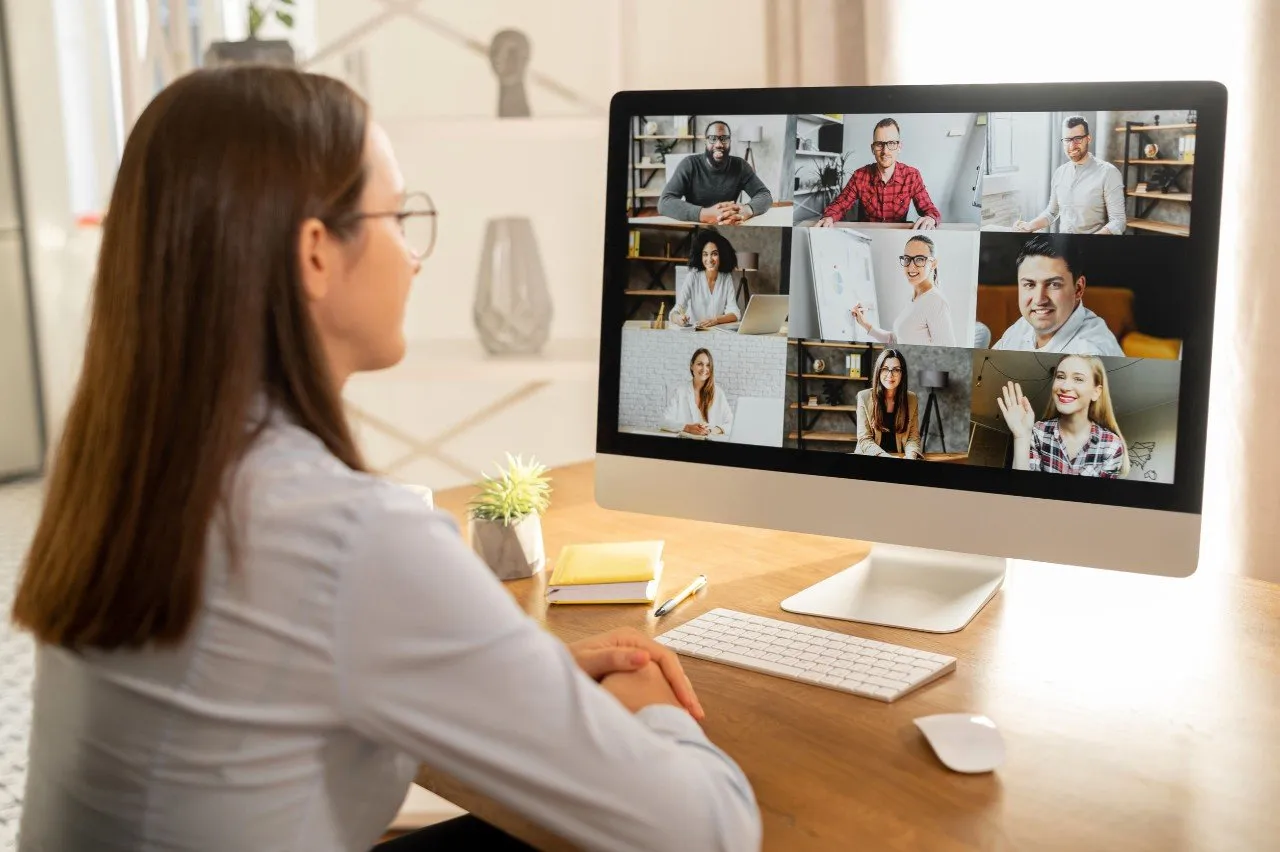Medical science liaisons (MSLs) work with a variety of professionals including doctors, university professors, and other experts about treatments and medications developed through clinical trials. Buy-in from these key opinion leaders (KOLs) is critical to make sure new forms of care are noticed and used.
However, MSL engagement with KOLs is changing, especially in the past year with the COVID-19 pandemic. There are a number of best practices for identifying and engaging with KOLs in a meaningful way.
Teams Are Shifting to Quality Engagement
Before the pandemic, medical science liaisons tracked their successes in the number of “touches” they had with various key opinion leaders. The more facetime and meetings they had — even if they only met for a few minutes — the better. However, more MSLs are doing away with these policies and trying to make their meetings more engaging.
“The accelerated importance of MSLs in the COVID-19 pandemic is largely attributed to sudden disruption of previously routine practices,” writes Tonya Broyles, national clinical director at VMS BioMarketing, together with Dave (William) Dawson. “In just [a] few months, a sea-change occurred where the priority of the “reach and frequency” strategy is replaced by a stronger reliance on scientific exchange and the value of evidence-based medicine.”
MSLs aren’t tracking the number of interactions with KOLs, but rather shifting to higher-quality relationships and meaningful interactions.
“Medical Affairs teams are critically seeking better ways to communicate their value,” says Tim Mikhelashvili, chairperson at Medical Affairs Professional Society (MAPS). This was a key point at the MAPS Spring 2020 conference held in Miami. “The focus of their value proposition is shifting towards patient outcomes and the patient journey through all of their activities,” Mikhelashvili explains. “As a result, the MSL (medical science liaison) value is now best expressed not only in the data they collect and communicate, but primarily in the context of the data they are able to capture, and translate clinically.”
MSLs are using their meetings with KOLs to focus directly on patient outcomes, aligning their goals with those of the physicians and researchers they meet with. This makes KOL meetings more valuable and memorable in the long run.

Key Opinion Leaders Are Measured in Value, Not Fans
One main reason why medical affairs teams are shifting toward quality engagement is because KOLs are so different from traditional influencers. A traditional engagement strategy won’t be as effective because MA teams need KOLs that offer meaningful influence, not just a high fan count.
“Influencers are only as powerful as the number of followers they have on social media,” says Jasmine Khachatryan, influencer marketing specialist at The Crowdfunding Formula. “KOLs usually have fewer followers than a micro-influencer. However, their input in your campaign holds greater weight than that of an influencer with millions of followers who isn’t qualified to give advice on that topic.”
Khachatryan emphasizes that KOLs become influencers as soon as they use their platform to sell products or services. This is where they stop working as opinion leaders and start trying to influence sales.
“Key thought leaders are different from influencers in that they usually aren’t born from an online platform,” the team at Pascāle Healthcare Communications explains. “A key thought leader in medicine may or may not have an online presence to begin with, and they likely aren’t partnering with outside companies’ products. A medical KOL has built their reputation on tangible successes in their field.”

The Pandemic Brought KOL Engagement Online
Key opinion leader communication was already transitioning to the online sphere when the pandemic started. MSLs are evaluating whether this shift was for the better and how online engagement affects KOL relationships.
Samuel Dyer, CEO of the Medical Science Liaison Society, conducted a survey of KOLs to understand how they engage with MSLs throughout the year. The survey focused on both pre-and post-pandemic behavior to understand how the relationships have changed.
The findings revealed that while there were fewer meetings between key opinion leaders and medical science liaisons during the pandemic, that virtual communication has been valuable. Eighty-six percent of KOLs found information by MSLs during the pandemic to be “fair balanced,” and 70 percent said MSLs acted in the best interest of KOLs “always or often.”
Digital platforms provide multiple opportunities for MSLs to engage with KOLs. Clay Romweber, EVP and chief growth officer at BioPharm Communications, provides examples of this which include:
- Virtual KOL video recordings and KOL roundtable discussions.
- Creating personalized journeys for relevant KOLs.
- Tapping into social media to engage with KOLS in a meaningful way.
Each of these steps works to empower teams to engage with KOLs virtually and form strong bonds over time. Leadership was already going digital before the pandemic. This past year simply hastened the process.
That said, it’s in the best interest of medical professionals to establish KOL status. Some organizations actively encourage KOLs to take steps to become better known in their field.
“The pharmaceutical and medical device industries are continually looking for KOLs to participate in advisory committees, professional education and training, sales programming, and market research,” the team at Potrero Medical explains to budding physicians. “Working with industry can be extremely rewarding. It can allow you to have a direct impact on patient care in several ways.”
When done well, the relationship between MSLs and KOLs is mutually beneficial and promotes growth and understanding across the medical field.

Digital Opinion Leaders Are the Future
It’s impossible to talk about KOLs and their digital transformation without introducing new terminology related to leader engagement. More MSLs are seeking out digital opinion leaders (DOLs) to engage with.
“A DOL is a substantively different species than a traditional KOL,” says Gregory Imber, chief engagement officer at Healthcare Consultancy Group. “DOLs have a different reach, use different channels, and speak in very different voices.”
The prevalence of DOLs has increased significantly over the past year. Because of the COVID-19 pandemic, one DOL that Imber works with saw their website traffic rise from 51,500 in February 2020 to 103,300 within two months.
“Once we have already defined the DOLs, we must understand that there are different types: A traditional KOL with a social media presence, a (non-traditional KOL) influencer who operates via social media, a Health Blogger or perhaps even an advocacy group that tweets trending news,” writes Victor Sastre, head of MSL bone and inflammation at Amgen Biotechnology. “Undoubtedly there [are] further types to be discovered.”
Many key opinion leaders are also established digital opinion leaders. However, there are also new DOLs that have formed over the past few years with the help of their online clout. Focusing on these professionals can also help MSL teams achieve their goals.
In order for medical science liaisons to be effective, they need to follow the trends. While the COVID-19 pandemic is hardly a trend, it requires changes to behavior and ways of communicating. It has increased the visibility of DOLs and created new best practices for KOL engagement. MSLs that stay on top of these trends will be more effective at sharing their treatments and medications.
Images by: Vadym Pastukh/©123RF.com, 425147, styles66, milkos /©123RF.com
